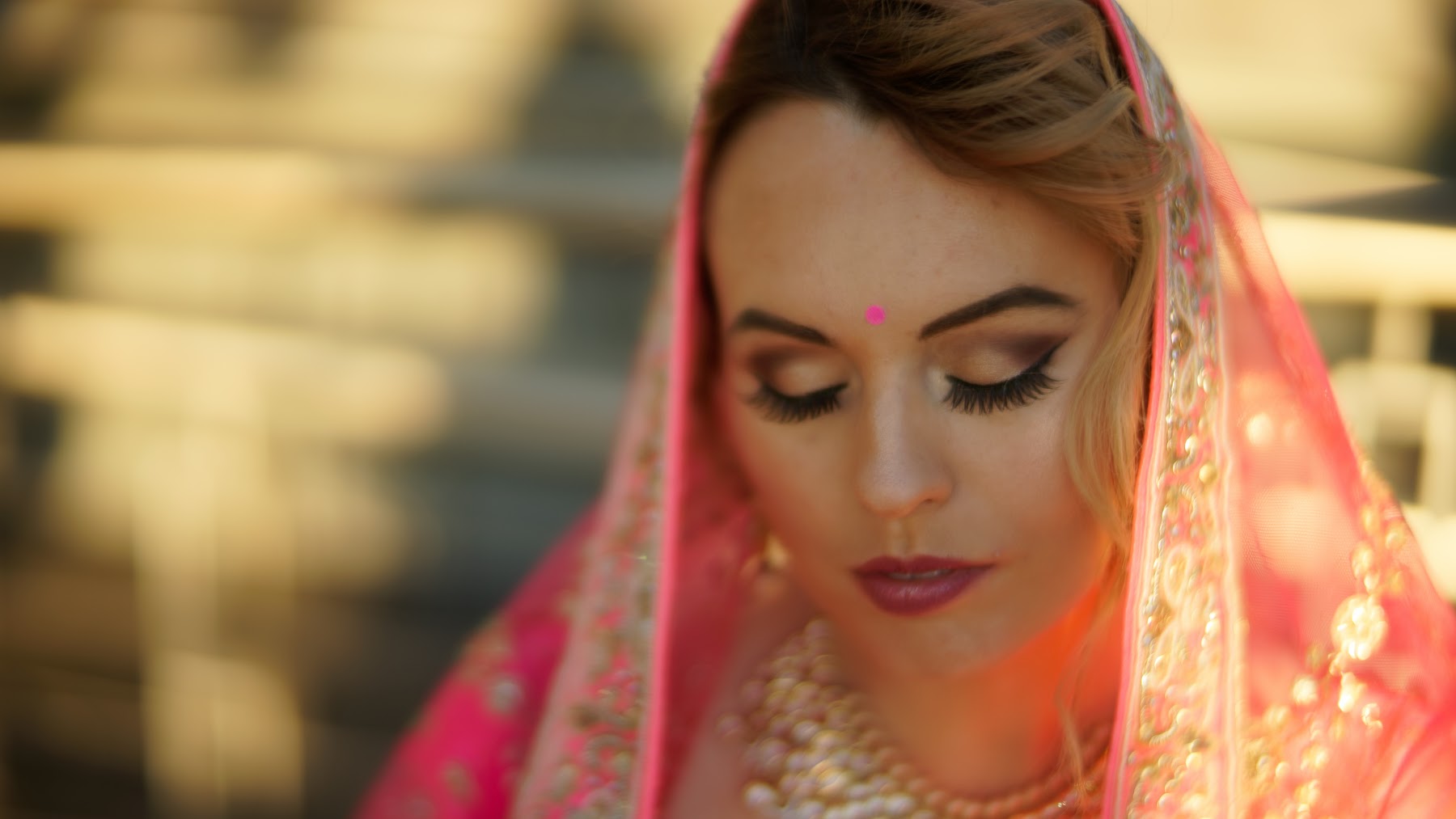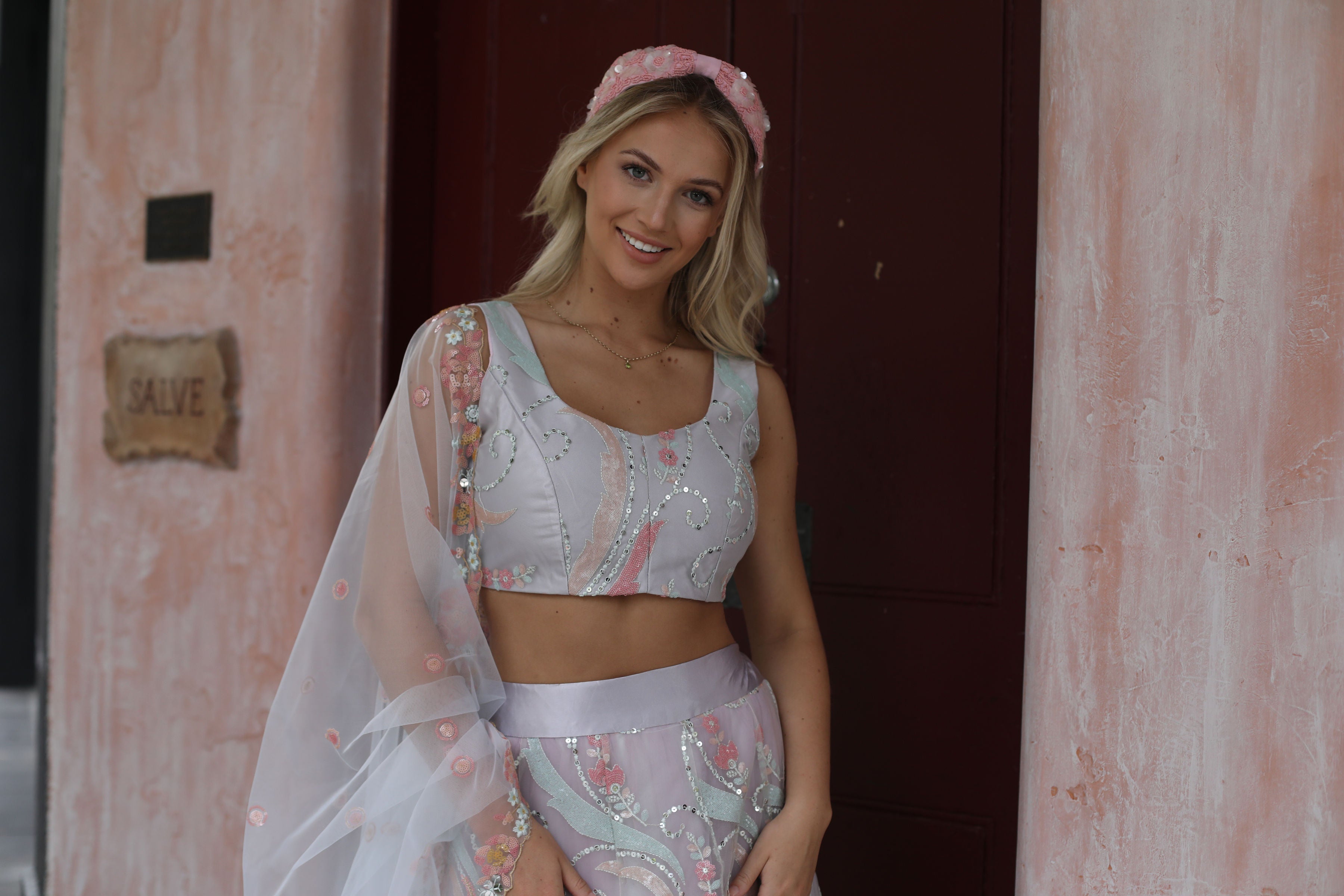Article: The Unspoken Language of Attire: Symbolism in Traditional Indian Wedding Outfits

The Unspoken Language of Attire: Symbolism in Traditional Indian Wedding Outfits
Traditional Indian wedding outfits hold deep cultural and symbolic significance, reflecting the rich heritage, customs, and rituals of the diverse regions and communities in India. The attire worn by brides and grooms during weddings carries meanings that go beyond just aesthetics. Here's a brief overview of the traditional meanings of Indian wedding outfits:

Bride's Attire:
-
Saree: The saree is a traditional Indian garment that holds immense cultural value. It symbolizes grace, elegance, and the transition from girlhood to womanhood. The color and design of the saree often carry specific cultural or regional significance. Red is a popular color for brides in many Indian cultures, symbolizing fertility, love, and prosperity.
-
Lehenga: The lehenga choli is a two-piece outfit consisting of a skirt (lehenga) and a blouse (choli). It represents grandeur and opulence. The intricate embroidery and embellishments on the lehenga showcase the bride's family's wealth and the importance of the occasion.
-
Jewelry: The jewelry worn by the bride, including necklaces, earrings, bangles, and more, signifies prosperity, blessings, and family heritage. Different pieces of jewelry hold specific meanings; for instance, the mangalsutra (sacred necklace) symbolizes marital commitment.
Groom's Attire:
-
Sherwani: The sherwani is a long coat-like garment worn by grooms. It signifies royalty, elegance, and masculinity. The groom's sherwani often matches the bride's attire in terms of color and design, symbolizing their harmonious union.
-
Pagdi/Turban: The turban or pagdi is an important accessory worn by grooms, particularly in North India. It symbolizes honor, respect, and authority. The style and color of the turban can also indicate the groom's cultural or regional background.
-
Safa: Similar to the turban, the safa is worn by grooms in different regions. It is often tied in elaborate styles and can symbolize the groom's readiness to take on his new responsibilities as a husband.
These meanings are rooted in centuries of tradition and are integral to the wedding rituals and ceremonies. The choice of attire and accessories is a way for the bride and groom to honor their culture, express their identity, and celebrate the sacred union they're entering into.
Shivain Sharma
